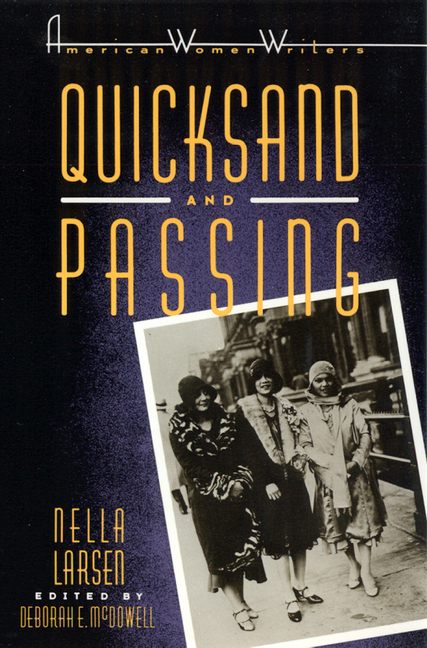Of One Blood: Or, The Hidden SelfPosted in Books, Media Archive, Novels, Passing on 2013-02-26 04:16Z by Steven |
Of One Blood: Or, The Hidden Self
Washington Square Press (an imprint of Simon & Schuster)
February 2004 (Originally Published in 1903)
224 pages
Paperback ISBN-10: 0743467698; ISBN-13: 9780743467698
eBook ISBN-10: 1451604351; ISBN-13: 9781451604351
Pauline Hopkins (1859-1930)
Introduction by:
Deborah E. McDowell, Alice Griffin Professor of English
University of Virginia
Of One Blood is the last of four novels written by Pauline Hopkins. She is considered by some to be “the most prolific African-American woman writer and the most influential literary editor of the first decade of the twentieth century, though she is one of the lesser known literary figures of the much lauded Harlem Renaissance. Of One Blood first appeared in serial form in Colored American Magazine in the November and December 1902 and the January 1903 issues of the publication, during the four-year period that Hopkins served as its editor.
Hopkins tells the story of Reuel Briggs, a medical student who couldn’t care less about being black and appreciating African history, but finds himself in Ethiopia on an archeological trip. His motive is to raid the country of lost treasures—which he does find in the ancient land. However, he discovers much more than he bargained for: the painful truth about blood, race, and the half of his history that was never told. Hopkins wrote the novel intending, in her own words, to “raise the stigma of degradation from [the Black] race.” The title, Of One Blood, refers to the biological kinship of all human beings.

